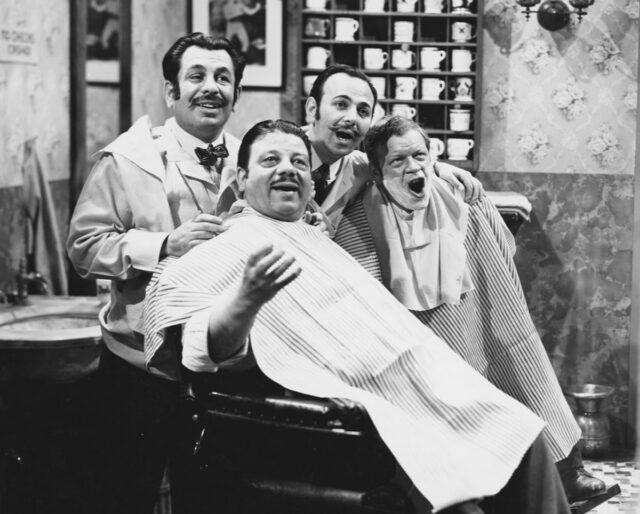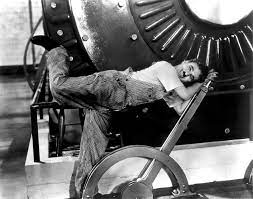
How to Improve Sight-Reading Skills
How to improve sight-reading skills An Introduction to Sight-Reading What exactly is sight-reading? Sight-reading is the ability to look at a sheet music chart and sing it for the first
In this article, we will introducing you to several musical singing tuning concepts. Have you ever witnessed a live performance of a cappella music and shuddered because of the singer was singing out of tune? First, you should know that learning to sing notes in the exact center of the pitch is challenging. Second, it takes a lot of practice with tools like TE Tuner to get it right. Lastly, when you’re a soloist you don’t have the ability to match pitches with other singers. That means you’re completely responsible for the tuning of the notes you’re singing.
In a previous article “Relative Pitch“, we talked about harmonizing and the art of matching pitches. The techniques the author presented is important in a cappella singing. That is, to get a close harmony the singers have to not only match pitches but adjust to each other. And in some cases, a singer of a particular part may have to let a note go slightly flat in order to get a chord to “lock in”.
First of all, it’s important to recognize that the concept of Relative Pitch applies typically to experienced choral and quartet singers. In other words, singers that know their notes and can sing it mostly in the center of the pitch. In our world, that’s our tenor, lead, baritone, and bass singers. It also means that you have to understand when to change your pitch to get a closer harmony. Relative pitch and tuning applies to anyone that wants to learn tuning concepts. Tuning can help all singers regardless of if you’re in a choir, quartet, or chorus.
Next, as discussed in the article, the singers need to tune the chord and adjust it so that it achieves the desired harmonic effect. In some cases, the singers want a better sound or a closer harmony. Other times, the desired affect is an overtone. Or what sounds like a phantom note being sung by a mystery singer. A singer that actually isn’t there and isn’t contributing to the sound. The additional sound is produced through the matching up of note frequencies. When those frequencies are combined together, they are what produce the sounds our ears hear – overtones.
Overtones don’t necessary show up unless a specific chord is being sung. In other words, the right harmonics involving a major chord, minor chord, barbershop seventh, or a major seventh. These chords were discussed in our article on The Basics of Barbershopping Explained. Although we do use others, these are the chords most often found in barbershop music.
Now that we’ve discussed pitch, relative pitch, and overtones, let’s discuss the idea behind tuning. This concept is not about singing the perfect harmony or with either relative or “perfect” pitch. This concept is about encouraging choral and quartet singers to tune to the note being sung. What we mean is a situation where singers that started the chord are off or are completely singing the wrong note. If the other singers come into their part singing the correct note and in tune, the harmonics will be off and the resulting chord will not be pleasant to the ear.
It’s a fairly simple process. First instead of singing the right note, the singer adjusts their vocal pitch to sing a similar note but they either flatten it or sing it sharp. Basically the singers need to create the chord that matches the wrong note being sung. Since those notes line up in harmony better than the “correct” note, you get an in-tune chord. And instead of the chord being obviously wrong, it sounds right. These are the basics related to tuning concepts.
Solfege is a technique used to train singers for both hearing (ie, “ear training”) and singing the correct pitches. This concept is used in Relative Pitch but not in Perfect or Absolute Pitch. In fact, if someone has Perfect pitch, solfege is unnecessary.
Solfege is a system that puts specific note on a scale with it’s own assigned syllable. Because both major and minor scales have seven notes, so too does the solfege system: do, re, mi, fa, so, la, and ti. If a singer uses the C major scale, they’d use C (do), D (re), E (mi), F (fa), G (so), A (la), and B (ti).
The idea behind solfege is to get the individual a particular note and then use solfege to either walk up or down the scale to their note.
First, if we don’t use good breath support we can run out of air and because that can cause inconsistent pressure in our vocal chords. That can cause the note to go either sharp or flat.
We might also use the wrong vowel shape which would causes us to got off pitch because we’re trying to force the wrong sound through either the vocal tract or our mouths. Using the right vowel shapes and sounds greatly improve both the pitch and the resonance of a sung note.
Third is not changing and adjusting your vocal register as you go up the scale. In other words, the singer tries to stay in their chest voice instead of switching into either their head voice or falsetto. If a singer tries to force a higher note, they could sing it incorrectly if they attempted to push the air across the vocal chords. Note as well that the singer can actually damage their vocal chords in these situations.
Lastly, bad posture and a lack of alignment between the head, neck, shoulders, and hips can also cause notes to be sung incorrectly. Just like when a garden hose gets kinked, we can’t pass water through it, a similar issue can happen when trying to pass air through the vocal folds.
In this example, the singer is a soloist. She’s singing the National Anthem. Unfortunately, she’s also singing off-key (i.e., the wrong pitches). That is, she’s either completely singing the wrong note or she’s singing the right note but she’s very much off pitch and out of tune. Any of us that have sung or are familiar with the National Anthem can recognize these spots. They stick out like a sore thumb.
This video is the exact same singer, exact same performance. However, in this video the accompanying four singers from QW4RTZ from Canada are adjusting their pitch to better match the soloist. They’re compensating for her incorrect notes which makes the resulting chords sound significantly better than the wrong notes. Note that they are not auto-tuning her voice, they’re just compensating for her off pitch notes.
This second example is a performance of Handel’s Messiah by the ‘Hallelujah’ Chorus as accompanied by an Organist. The choir is singing the ending of the song when the Organist apparently hit the ‘transpose’ button which automatically changes the key. Transpose is a common technique used to allow singers to perform pieces that might otherwise be out of their range. The original performer might have been able to sing the piece in the original key. We might need to transpose it down into a key that fits our vocal range. If the transpose is button enabled with -5 semitones and the Organist is playing a C, the organ will play a G instead. Here’s a great transpose chart that can be used to help transpose music.
In conclusion, I hope this article helped explain how tuning can be used to improve the sounds of a piece of music. Even if they’re the wrong notes!
Interesting in the skill of singing? read The Basics of Music Theory Explained.

How to improve sight-reading skills An Introduction to Sight-Reading What exactly is sight-reading? Sight-reading is the ability to look at a sheet music chart and sing it for the first

Generally in most years, the SWD sponsors an annual Chorus and Quartet competition. The exception is the pandemic year we experienced due to Covid-19. There was no competition during the pandemic. The BHS recent resumed chorus competitions in 2022.

The Tidelanders excitedly sponsored our first singing competition. We promoted the contest to over 200 high schools in Harris and Fort Bend counties in Texas. We announced two winners (Men’s and Women’s) mid-April. We are looking forward to planning a bigger contest next year.

The Houston Tidelanders Chorus is pleased that we were able to perform for Clear Lake audiences once again! We’ve been performing in the Clear Lake area for about 25 years and it’s one of favorite shows.

“Smile” continues to be considered timeless. Meaning the message always seems to be relevant. As long as it continues to be popular, artists will continue to cover and interpret it’s meaning in order to continue to have it resonate with audiences. Modern artists like Michael Jackson have arranged and performed it.